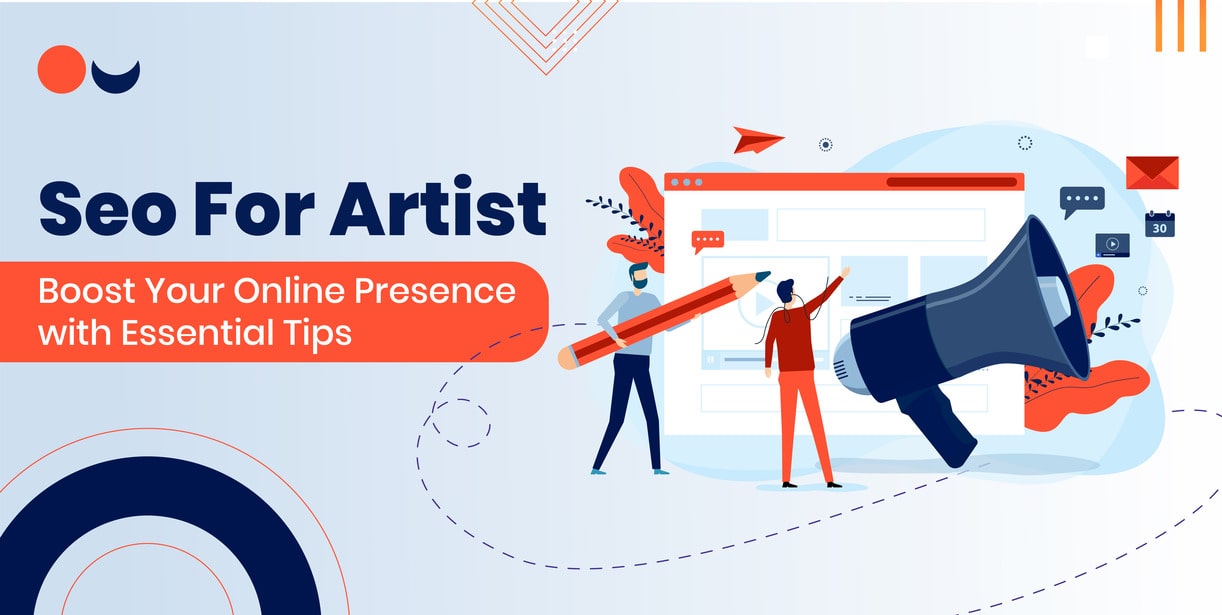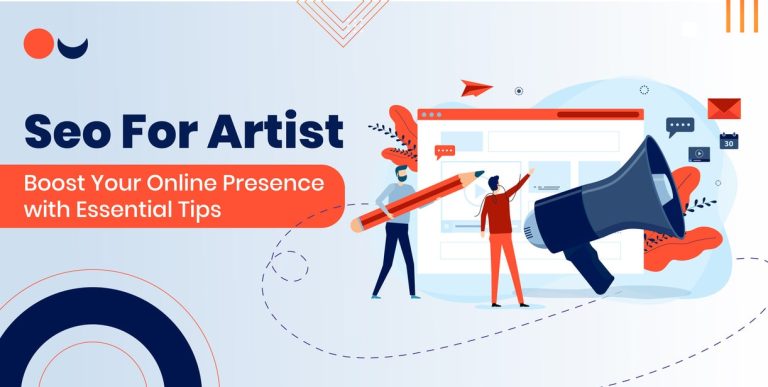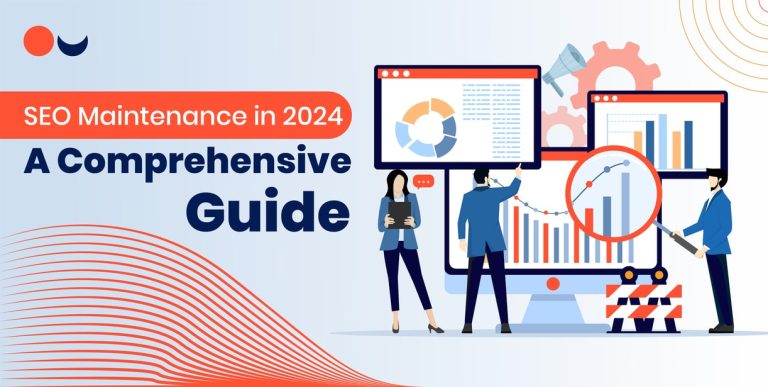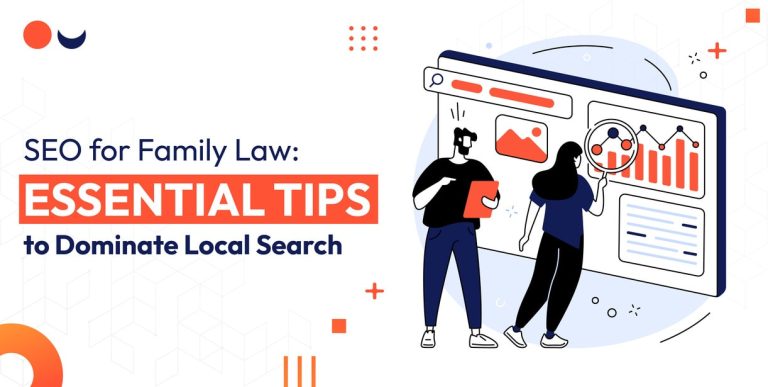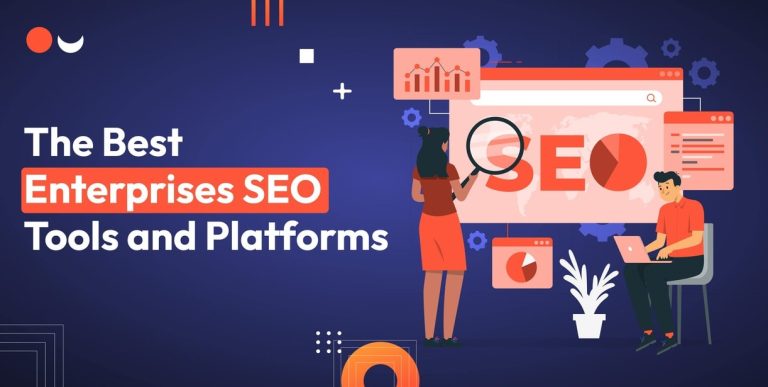In today’s digital art world, SEO (Search Engine Optimization) is essential for artists who want to expand their online reach. This guide is designed to help artists improve their visibility and attract more viewers with the help of digital marketing. Whether you’re a painter, sculptor, photographer, or digital artist, optimizing your online presence can boost your sales and build a strong fanbase. Discover practical simple SEO tips to use it effectively and navigate the online art scene with confidence. Ensure your artwork gets noticed and appreciated in today’s highly competitive online market.
What is SEO?
SEO means making your website or online stuff better so it shows up higher in search results. This means improving different parts of your website so that search engines like Google, Bing, and Yahoo like it more.
Why is SEO Important for Artists?
Higher rankings in search results mean more visibility. Potential buyers and fans are more likely to discover your art if it appears on the first page of search results.
SEO helps attract visitors who are specifically looking for art or artists, increasing the chances of conversions and sales.
A strong online presence helps build your brand as an artist, establishing you as a credible and professional creator.
SEO is a cost-effective way to market your art compared to paid advertising. While it requires time and effort, the long-term benefits are substantial.
Key Search Engine Optimization Strategies for Artists
Relevant Keywords Research
Keywords are the foundation of SEO. They are the terms and phrases that people use to search for content online. For artists, identifying the right artist’s keywords can help attract the right audience.
How to Conduct Relevant Keyword Research
- Use Keyword Research Tools: Tools such as Google Keyword Planner, Ahrefs, and SEMrush can assist you in discovering keywords that are both popular among searchers and not overly competitive. These tools help identify terms people frequently search for and which are easier to rank for compared to highly competitive keywords.
- Analyze Competitors: Look at the keywords that other successful artists or art websites are targeting. This can provide insights into what works in your niche.
- Think Like Your Audience: Consider what potential buyers might search for. This could include terms related to the type of art you create, styles, mediums, or specific pieces.
Example SEO Keywords for Artists
- Abstract art for sale
- Contemporary paintings
- Custom portrait artist
- Digital art prints
- Original oil paintings
Optimize Your Website
Your website is the cornerstone of your online presence. Optimizing it for search engines involves several key steps:
On-Page SEO
- Title Tags: Make sure every page of your website has a clear and specific title that includes important words related to that page.
- Meta Descriptions: Write compelling meta descriptions for each page, summarizing the content and incorporating keywords.
- Headings: Organize your content using headings like titles and subtitles (H1, H2, H3). Include keywords naturally in these headings to help people find your information easily.
- Alt Text for Images: Add descriptive alt text to your images, making them accessible to search engines and visually impaired users.
- URL Structure: Use clean, keyword-rich URLs for your pages. Avoid using random strings of numbers or characters.
Technical SEO
- Mobile-Friendly Design: Make sure your website looks good and works properly on phones and tablets. Google likes websites that are easy to use on mobile devices, and it will show them higher in search results.
- Fast Loading Speed: Make your website load faster by making images smaller, using a Content Delivery Network (CDN), and reducing the amount of code.
- Secure Website: Make sure your website uses HTTPS to keep it safe. This can help it rank better in searches and make visitors trust it more.
Create High-Quality Content
Content is king in the world of SEO. Regularly creating high-quality images, and engaging content management systems can help you attract and retain visitors.
Types of Content to Create
- Blog Posts: Write a blog post about your artistic process, inspiration, techniques, and industry trends. This can establish you as an authority in your field.
- Art Descriptions: Provide detailed descriptions for each piece of art you showcase on your website. Include the story behind the piece, the materials used, and its dimensions.
- Tutorials and Guides: Share tutorials and guides on how to create certain types of art. This can attract aspiring artists and hobbyists to your site.
- Videos: Create videos showcasing your art, studio tours, or live painting sessions. Videos are highly engaging and can rank well in search results.
Content Optimization Tips
- Use Keywords Naturally: Incorporate keywords naturally into your content without overstuffing. Aim for a balance between readability and optimization.
- Long-Form Content: Longer content tends to rank better in search results. Aim for in-depth articles that thoroughly cover a topic.
- Regular Updates: Keep your content fresh by regularly updating old posts and adding new ones. Search engines favor websites that are frequently updated.
Leverage Social Media
Social media platforms are powerful tools for promoting your art and driving more traffic and potential customers to your website.
Best Practices for Social Media SEO
- Optimize Profiles: Make sure your social media profiles are fully filled out. Use keywords in your bio, descriptions, and posts to help people find you.
- Share Content: Regularly share your blog posts, video content, and new artwork on social media channels. Include relevant header tags to increase visibility.
- Engage with Your Audience: Answer comments, join conversations, and make friends with your followers. Engagement can increase your content’s reach.
- Cross-Promote: Promote your social media profiles on your website and vice versa. This can help drive traffic between the two.
Build Quality Backlinks
Backlinks are links from other websites to yours. They are important for SEO because they show search engines that your website is reliable and knowledgeable.
How to Build Backlinks
- Write guest posts for other art-related blogs and include links back to your website.
- Partner with influencers in the art world to feature your work and link to your site.
- List your website in reputable art directories and online galleries.
- Send press releases about your exhibitions, awards, or new collections to art publications and websites.
Utilize Local SEO
If you participate in local art shows, exhibitions, or galleries, optimizing for local SEO strategy can help you attract local audiences.
Local SEO for Artists Strategies
- Google My Business: Create and optimize a Google My Business profile with your contact information, location, and images of your work.
- Local Keywords: Include local keywords in your website content, such as New York City artists or Los Angeles art galleries.
- Local Directories: List your website in local business directories and art organizations.
Analyze and Adjust
SEO strategy is an ongoing process that requires regular monitoring and adjustments.
Tools for Analysis
- Track your website traffic, user behavior, and conversion rates. Identify which pages and keywords are performing well.
- Monitor your site’s presence in SEO results, check for indexing issues, and identify keywords that drive traffic.
- Use tools like Ahrefs, SEMrush, or Moz to conduct site audits. This great tool tracks keyword rankings and analyzes backlinks.
Regular Adjustments for Search Engines
- Update Content: Regularly update your content to keep it relevant and accurate.
- Fix Technical Issues: Address any technical issues that may arise, such as broken links or slow loading times.
- Experiment with Keywords: Test different keywords and content strategies to see what works best for your audience.
Evaluate Your Online Presence as an Artist
SEO is a powerful tool to help artists elevate their art online, reach a wider audience, and achieve greater success. By understanding the basics of SEO and implementing these essential strategies, artists can enhance their online presence and attract more artist website visitors. Remember, SEO is an ongoing process that requires time, effort, and regular adjustments. Stay committed to improving your SEO, and you will see the benefits over time.
By following these strategies, artists can showcase their creativity and build a sustainable online portfolio presence supporting their artistic careers. Whether you’re a painter, sculptor, digital artist, or photographer, SEO can help you connect with people who appreciate your work and are willing to support it. Embrace the power of SEO and watch your art business grow.
Frequently Asked Questions
Best SEO tip for artists?
The important SEO tip for artists is to focus on creating high-quality, engaging content. Regularly update your website with detailed descriptions of your artwork, art blog posts about your artistic process, and other relevant content that showcases your expertise and passion. Use the main keyword naturally in your content to help search engines understand what your artist’s website is about and improve your chances of ranking higher in search results.
Should I hire an SEO specialist for my (artist) website?
Hiring an SEO specialist can be beneficial if you have the budget and want to ensure your artist’s website is optimized effectively. SEO specialists have expertise in implementing advanced SEO strategies, conducting keyword research, optimizing technical aspects of your website, and monitoring performance. They can save you time and help you achieve better results in terms of search engine rankings and organic traffic growth.
Best SEO tools available for artists?
There are several SEO tools that artists can use to improve their website’s performance:
- Google Analytics: Provides insights into your website traffic, user behavior, and conversion rates.
- Google Search Console: Helps you monitor your site’s presence in search results, fix issues, and optimize your content for better visibility.
- Ahrefs: Offers comprehensive SEO analysis, keyword ideas research, backlink analysis, and competitor analysis.
- SEMrush: Provides keyword tracking, site auditing, competitive analysis, and SEO recommendations.
- Yoast SEO (WordPress plugin): Helps optimize your content for SEO directly within WordPress, including readability and keyword optimization.
How can social media influence an artist’s SEO efforts?
Social media can significantly impact an artist’s SEO efforts in several ways:
- An active social media presence helps build brand recognition and authority, which can indirectly improve your website’s SEO.
- Shares, likes, and mentions on social media can generate backlinks to your website, which are important for SEO. It gives instant gratification with a promise to help you grow your business.
- Engaging with your audience on social media can drive traffic to an artist’s website, improve dwell time, and reduce bounce rateall of which are positive signals for SEO.
- Social media platforms are ideal for promoting your artwork, blog posts, and events, which can attract more visitors to your website and improve its overall visibility.
How can an artist measure the success of their SEO strategies?
To measure the success of your SEO strategies as an artist, you can track several key metrics:
- Monitor the number of visitors coming to your website from search engines over time. Increasing organic traffic indicates that your SEO efforts are paying off.
- Keep track of your rankings for target keywords in search engine results pages (SERPs). Improved rankings mean your content is more visible to potential buyers.
- Measure how many visitors take desired actions on your website, such as purchasing artwork, signing up for your newsletter, or contacting you. Increased conversions show that your SEO efforts are attracting the right audience.
- Monitor the number and quality of backlinks to your website. More high-quality backlinks indicate that others find your content valuable, which can improve your SEO.
- Analyze metrics like dwell time (how long visitors stay on your site), bounce rate (percentage of visitors who leave after viewing only one page), and pages per session. Improved engagement metrics suggest that visitors find your content relevant and engaging.


